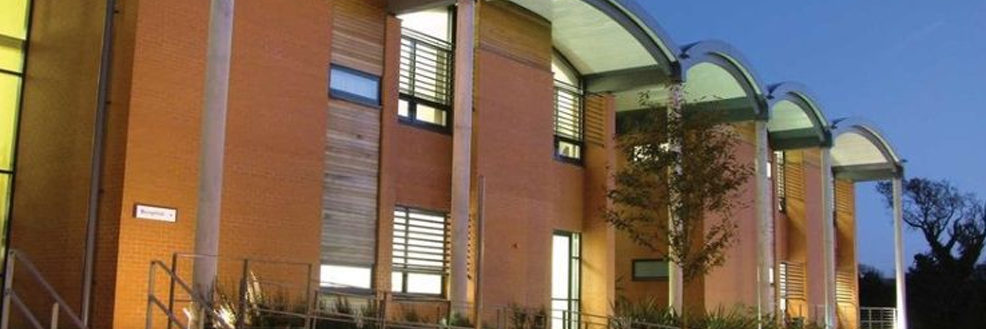The SCSC’s Sam Power, an ESRC-funded PhD student, writing his thesis on the complex relationship between party funding and corruption, comments here on the challenge of getting the funding of politics right …
On 3rd February the EU published its first Anti-Corruption report which promised to provide a ‘clear picture of the situation in each Member State’ (see the full report here). Looking over the ‘national highlights’ (because thankfully irony is still alive and kicking in Brussels), the UK actually does pretty well. TI-UK’s Robert Barrington is right that the report breaks little new ground, but it does serve to bring some corruption issues into sharper focus (see Robert Barrington’s analysis here). Amongst various recommendations, such as enhancing preventative measures to address risks of foreign bribery and further strengthening accountability in the governance of banks, is the notion (very much in keeping with the TI-UK line) of capping donations to political parties. This is unsurprising, one thing that is not in short supply in the UK are myriad party funding scandals and when they occur arguments about party funding reform inevitably come to the fore. The solution of capping donations, however, is one which may not be quite as cut and dry as both TI-UK and the EU might believe.
An excellent blog on the Channel Four news website outlines a report from the UK’s Committee on Standards in Public Life (CSPL) which proposed a shake-up of the way in which political parties were funded (see the C4 blog here). Again the suggestion was a cap on donations, however the blog outlined a key point which is that a cap is tantamount to an increase in, or at least a move towards, state subsidisation. The argument here is not that state subsidisation of political parties is undesirable (although there is significant debate surrounding this), it is simply that it is an implicit effect of a cap on donations. Indeed, as the CSPL report states, ‘if the public want to take big money out of politics, the only way to do so is a cap on donations. It is unrealistic to expect to be able to do that at a level low enough to achieve the objective without at the same time increasing public support’. The question is whether the British public would support further funding an institution for which they have little trust in the first place. The TI Global Corruption Barometer 2013 showed that when asked which ‘institutions were corrupt/extremely corrupt’ it was found that 66% of respondents judged political parties to be corrupt/extremely corrupt, whereas 55% of respondents believed the same of parliament and the legislature.
Munich-based political scientist Michael Koβ, in a fascinating book on how party funding regimes change (see here), outlines a survey undertaken by the Electoral Commission in the UK in 2003 in which only 23% of respondents supported even partial state funding to political parties even though 70% of respondents believed that private donations could buy political influence. Indeed, one could argue that the UK is in an uncomfortable paradox; state subsidisation of political parties is not broadly supported in part because of the perception the public has of political parties. Which is in part because of the ‘damage’ that has been done to these institutions due in part to corruption scandals. This view of parties (and politics) as predominantly corrupt and self-serving means that an increase in state subsidy will most likely be seen as, put bluntly, an outrageous waste of public money.
So what is to be done? It is a common solution (the more unkind might say cop-out) to suggest an improved discourse between parties, the media and the public. The recommendation of the Channel Four news team is along these lines, and it has to be said it is one I have some sympathy with; ‘people cannot look in disgust at how parties are funded, but object to the solution: a measure of state funding that takes suspicion out of the equation’. However, there remains a problem with this line of argument. The analysis of Channel Four, the CSPL, the EU and TI seems to make an assumption that state funding creates a system which is necessarily less corrupt than private funding, there is very little proof, academic or otherwise, that this is the case. The move to a greater system of state subsidisation because of (perceived or actual) corrupt linkages is a move which promises no guarantee of an actual drop in levels of corruption. This ignorance is perversely linked with a relative consensus that, as Koβ argues, a key driver of a change to party funding regimes is the reliance on this very notion of corrupt linkage.
My argument is not that a cap on donations will have no effect on corruption in political finance, but rather that there is no proof that it will help. In fact it might just lead to a different type of corruption. I am further suggesting that were a change in the UK to occur, quite how this believed drop in corruption would manifest itself, both in actuality and in public perceptions, is anyone’s guess. Images of a ‘British public’ reenergized by a healthy respect for the political process as a mysterious fog of corruption lifts from Westminster the moment a bill capping donations gets passed probably falls into the realm of ‘unrealistic expectation’. In short, I am advocating for an increased research focus on different types of party funding regime and whether this leads to different types of corruption as well as an improved discourse between the media, parties and the public regarding corruption in the UK. It is a conclusion that even the kinder among us might still none the less call a cop-out.
Sam Power


[…] might make sense to discuss some of the key themes and challenges that the question presents. In a previous post, I outlined problems with the funding of politics and tackling corruption, so I’ll try my level […]